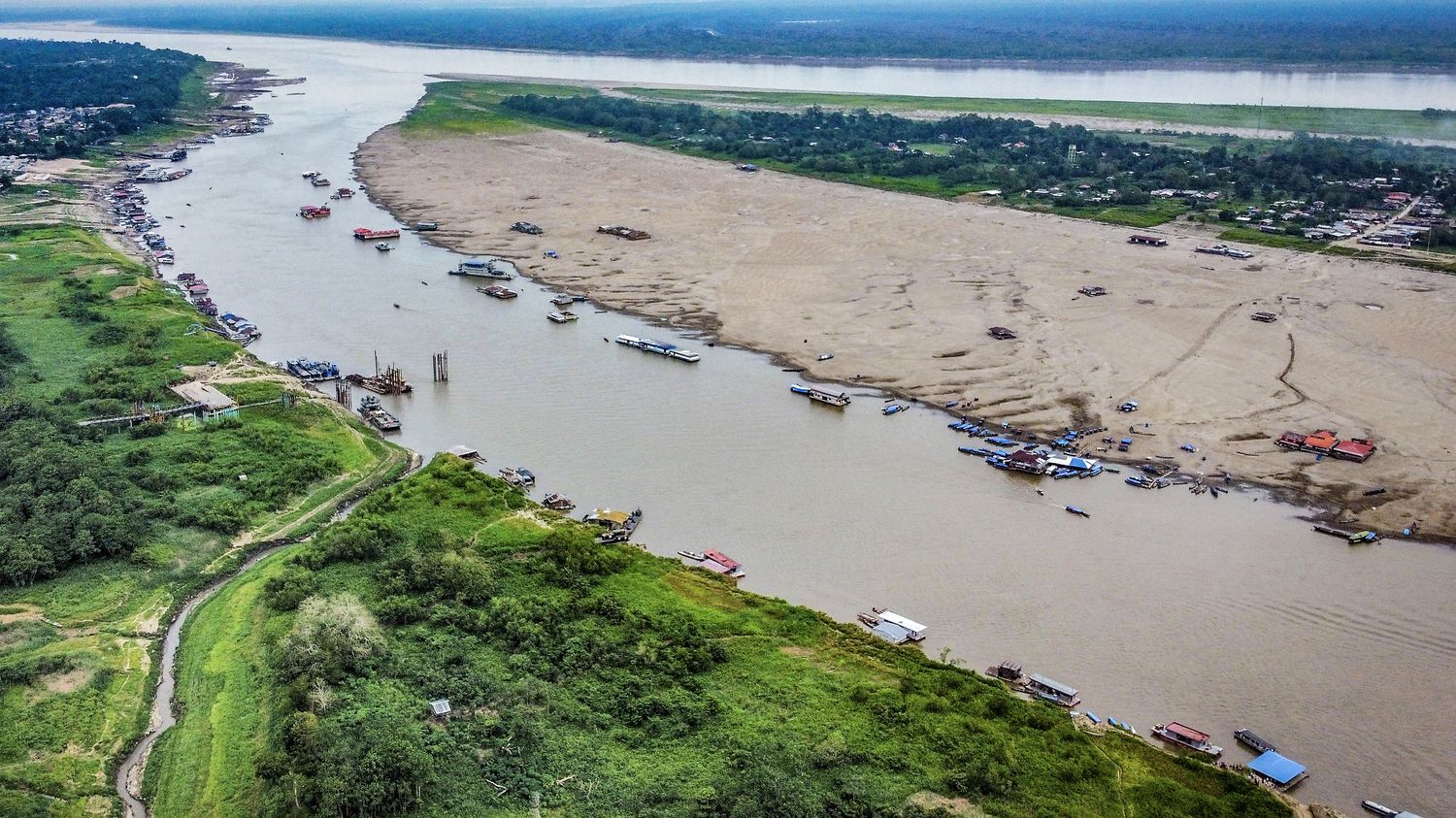“The water level has decreased by 80 to 90% in the last three months, due to the drought caused by climate change in the country,” described the Colombian government.

Published
Updated
Reading time: 1 min

The Amazon River, which flows in southeastern Colombia, on the border with Peru and Brazil, has seen its level drop by 90% in the last three months due to drought, announced Thursday September 26 the government. “The water level has decreased by 80 to 90% in the last three months, due to drought caused by climate change in the country”said the National Disaster Risk Management Unit (UNGRD).
According to the UNGRD, “the low level of the Amazon River affects the food supply and navigability of indigenous communities in the department” of the same name in Colombia. At least 7,400 people are affected by this drop in water levels, in a region where local indigenous communities travel mainly by boat.
South America is experiencing a prolonged drought this year associated with the El Niño weather phenomenon, which has led to water and electricity rationing, as well as historic wildfires in several countries. Outbreaks are currently active in Colombia, Peru, Ecuador, Brazil and Bolivia. The Colombian capital Bogota is also subject to water rationing due to the low level of reserves in the surrounding mountains.
Since the 19th century, the average temperature of the Earth warmed by 1.1°C. Scientists have established with certainty that this increase is due to human activities, which consume fossil fuels (coal, oil and gas). This warming, unprecedented in its speed, threatens the future of our societies and biodiversity. But solutions – renewable energies, sobriety, reduced meat consumption – exist. Discover our answers to your questions on the climate crisis.
